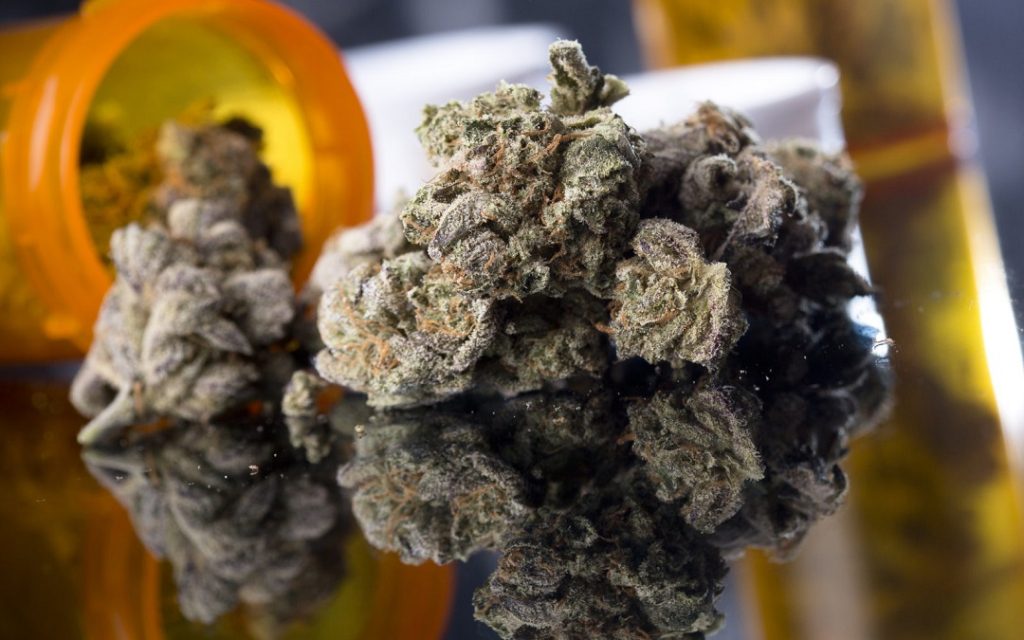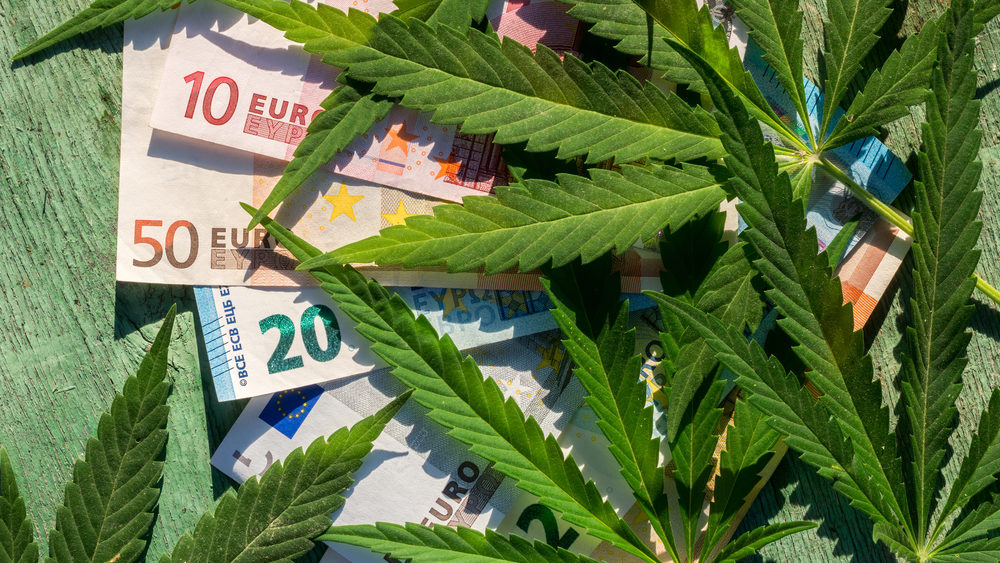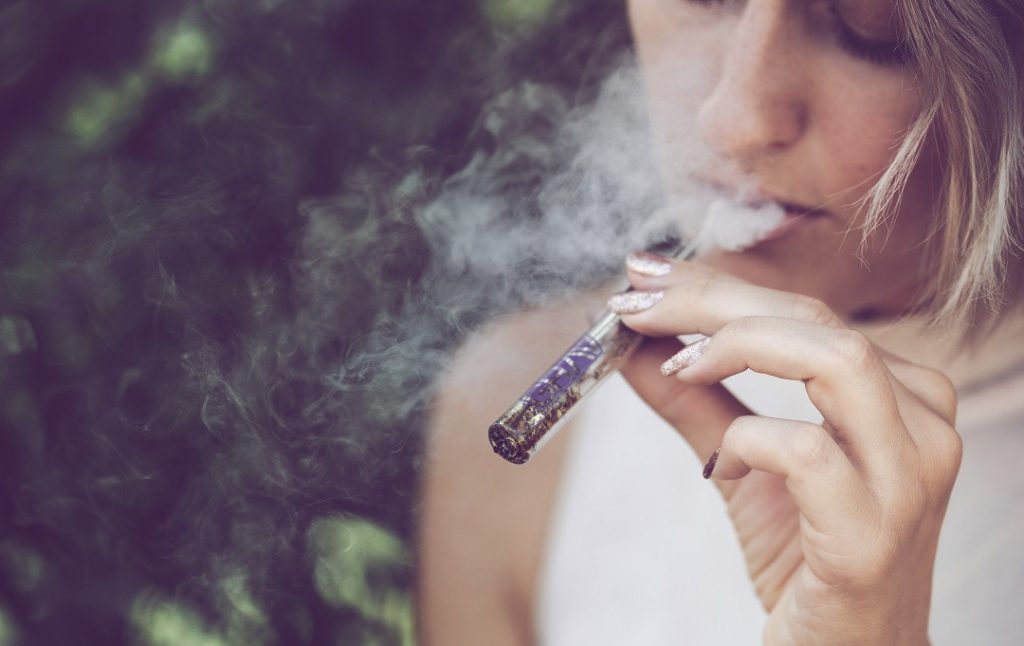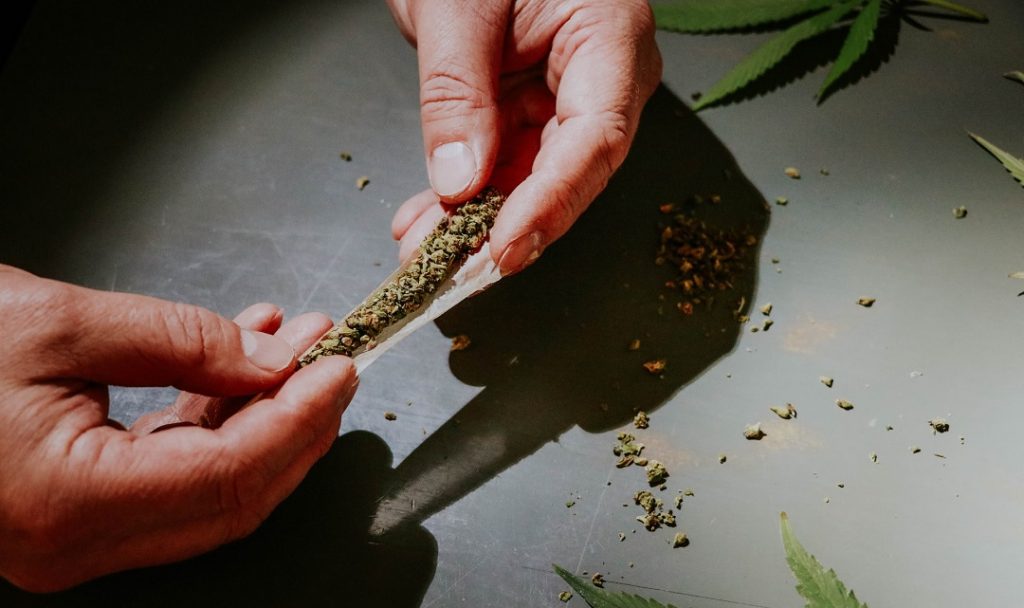A study of data from across the country has found no evidence that the legalization of medical cannabis and the establishment of dispensaries encourages marijuana use by young people. The study, “Medical marijuana laws (MMLs) and dispensary provisions not associated with higher odds of adolescent or heavy marijuana use: A 46 state analysis, 1991-2015,” was published online this week by the journal Substance Abuse.
To complete the study, researchers affiliated with John Hopkins University, Harvard University, and the Massachusetts Cannabis Control Commission reviewed data collected from a total of 46 states over a 25-year period. The investigators analyzed trends in cannabis use among adolescents in grades 9 through 12, using data from the Youth Risk Behavior Survey collected from 1991 through 2015.
In an abstract of the study, researchers wrote that they “found no evidence between 1991 and 2015 of increases in adolescents reporting past 30-day marijuana use or heavy marijuana use associated with state MML (medical marijuana law) enactment or operational MML dispensaries.”
Lower Cannabis Use Among 9th Graders
In fact, the data revealed that overall, states with medical marijuana programs actually had fewer current adolescent marijuana users, which were defined as survey respondents reporting cannabis use within the previous 30 days, than states without medicinal cannabis.
“In the overall sample, the adjusted odds of adolescents reporting any past 30-day marijuana use was lower in states that enacted MMLs at any time during the study period, and in states with operational dispensaries in 2015,” the researchers wrote.
However, the data showed that the reduction in current marijuana users in states that had legalized medical marijuana was limited to respondents who were freshmen in high school when they completed the survey.
“Our main finding was that adolescents residing in states with MMLs had significantly lower odds of past 30-day marijuana use compared to adolescents residing in non-MML states (6 percent),” the study’s authors wrote. “In grade stratified analyses, the 9th graders had 9 percent lower odds, whereas there were no differences for other grade levels.”
Activists React To New Study
In a press release from the National Organization for the Reform of Marijuana Laws (NORML), Paul Armentano, the deputy director of the advocacy group, said that the study’s findings support further reform of the nation’s cannabis policies.
“These data, gathered from 46 states over more than two decades, show unequivocally that medical cannabis access can be legally regulated in a manner that is safe, effective, and that does not inadvertently impact young people’s habits,” said Armentano. “These findings should reassure politicians and others that states’ real-world experience with medical cannabis is a success from both a public health and a public safety perspective.”
The research is consistent with several other studies that found no evidence of an increase in the rate of youth cannabis use caused by medical marijuana legalization. The authors of the study recommended further research on the issue, noting that “in a constantly evolving marijuana policy landscape, continued monitoring of adolescent marijuana use is important for assessing policy effects.”





